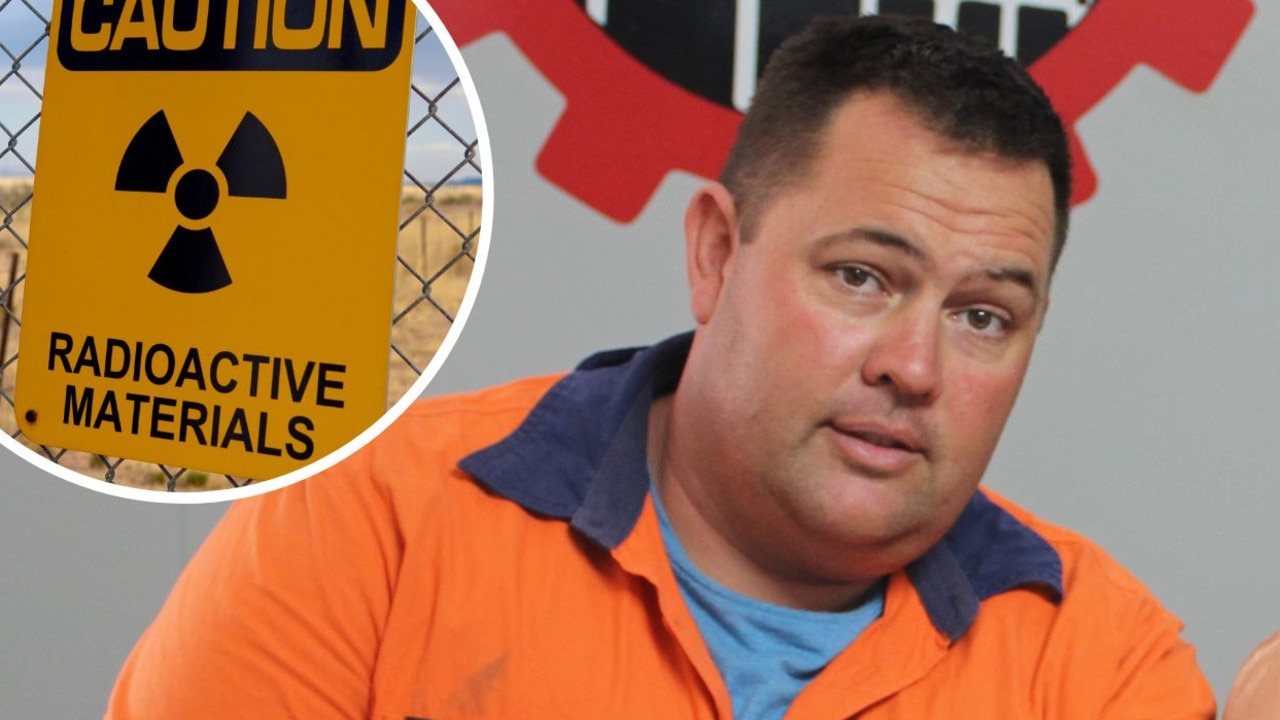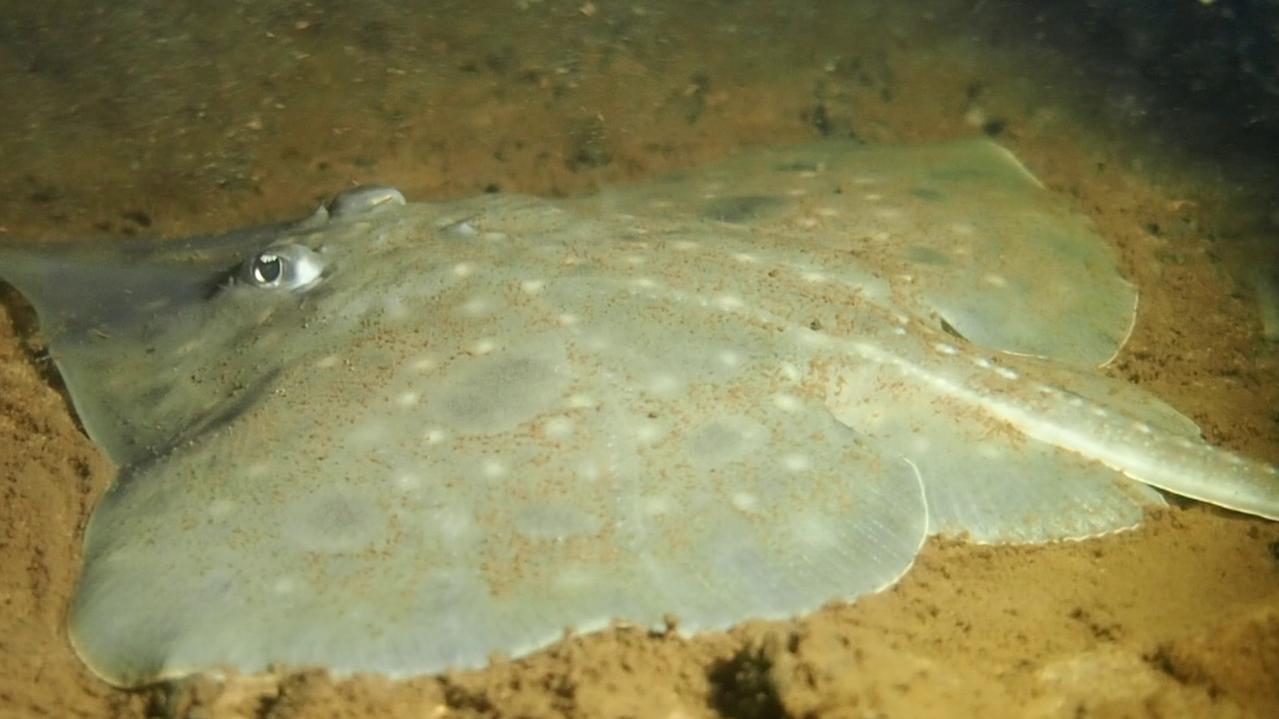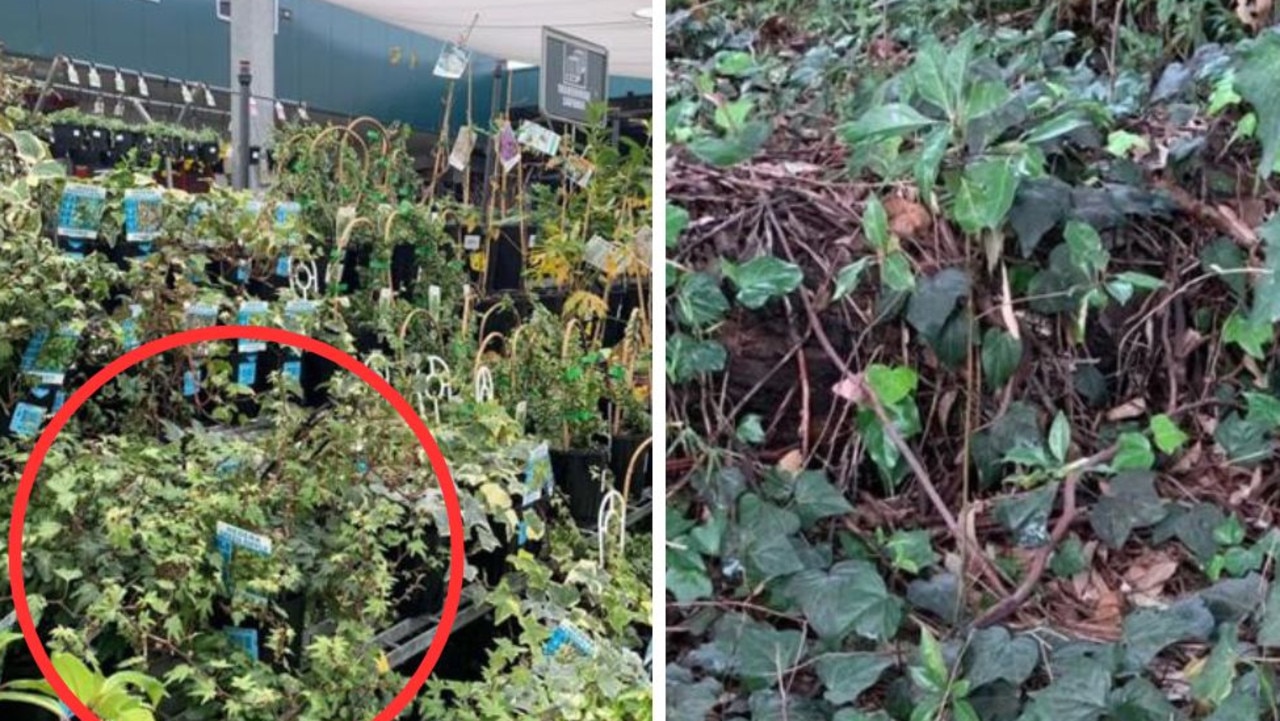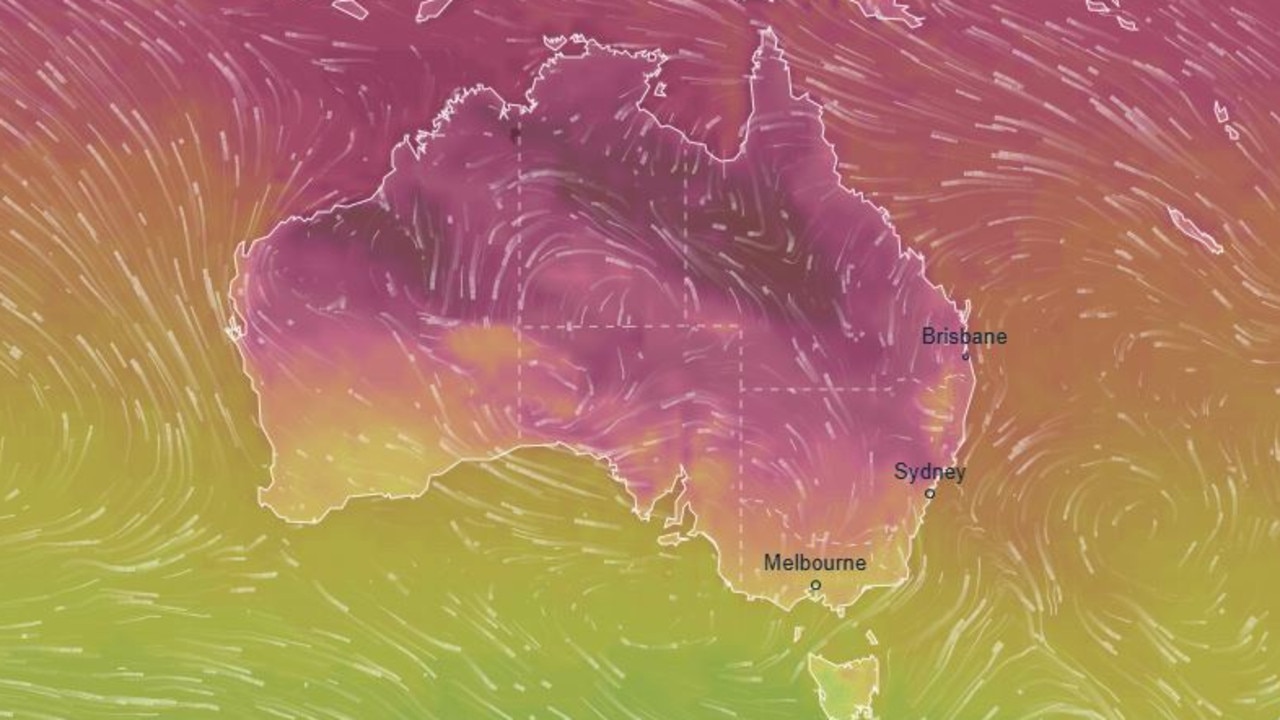EnergyAustralia, Westpac forest regrowth schemes criticised calling into question Australia’s carbon offset market
Some of Australia’s biggest corporations are using your money to pay for forest regrowth schemes to offset greenhouse gases - but satellite photos show many of these projects are not working.

Environment
Don't miss out on the headlines from Environment. Followed categories will be added to My News.
A forest regrowth scheme used by EnergyAustralia and Westpac that showed “no evidence of any regeneration” is one of scores of poorly-performing projects raising doubts about Australia’s carbon offset market.
Every day, thousands of Australians pay optional fees to offset the emissions arising from their home electricity, air travel and vehicle usage.
But in many cases those fees are paying for overseas schemes that are virtually impossible to track, or forest regeneration projects in Australia that are failing to meet their goals, critics say.
More than 400,000 households across eastern and southern Australia have been signed up to EnergyAustralia’s Go Neutral product, with the company telling customers it would purchase offsets that would effectively make their home energy use “carbon neutral”.
Most offsets purchased were international, but one Australian forest regrowth project was a “complete failure” that showed “no evidence of any regeneration,” according to an analysis by ANU Professor Andrew Macintosh.
Prof Macintosh used multiple datasets to track canopy changes at the Tallering Station Human Induced Regeneration Project, near Geraldton in WA.
While the analysis revealed a slight upward trend in forest cover, the increase “started before the project was registered” and was “almost identical” to growth in an adjacent area, he said.
And satellite images taken in 2011, 2015, 2018 and 2023 showed “no evidence of any regeneration”.
“This project is a complete failure and is receiving credits unlawfully. It is as simple as that,” Prof Macintosh said.
EnergyAustralia did not respond to questions about Go Neutral or its use of carbon offsets.
But the Tallering Station scheme is far from being an isolated case.
In a study of 182 Australian forest projects published in Nature earlier this year, Prof Macintosh found “limited evidence of regeneration” – and in almost 80 per cent of cases, woody cover either had negligible growth, or actually went backwards.
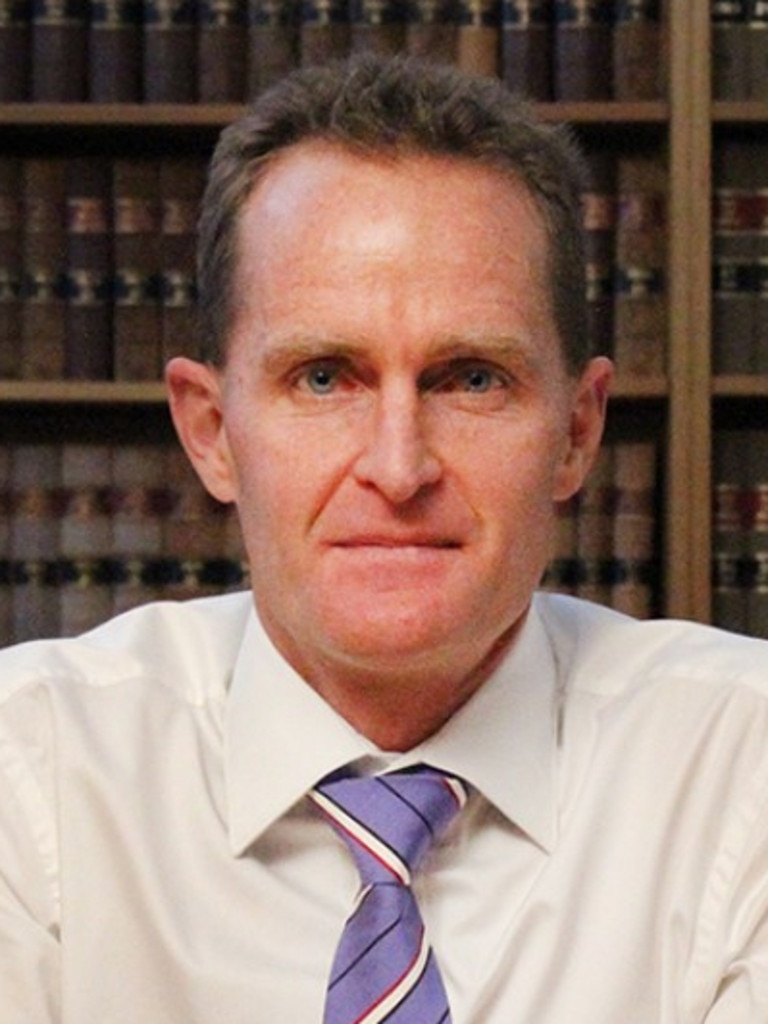

But there were examples of regeneration projects that were “reasonable to good,” Prof Macintosh said, including schemes on the Eyre Peninsula, around Charleville and in the Great Barrier Reef catchment.
His work informs the carbonintegrity.au website, which tracks forest regeneration projects across the country, with many appearing to fall short of their goals.
The site rated two schemes backed by AGL – the Berangabah Human-Induced Regeneration Project and the Big Creek Regeneration Project, both in western NSW – as having decreased tree cover since they were registered.
AGL did not comment.
Westpac also invested in both the Tallering Station and Berangabah projects. A spokesperson said both schemes would be assessed by the end of the year.
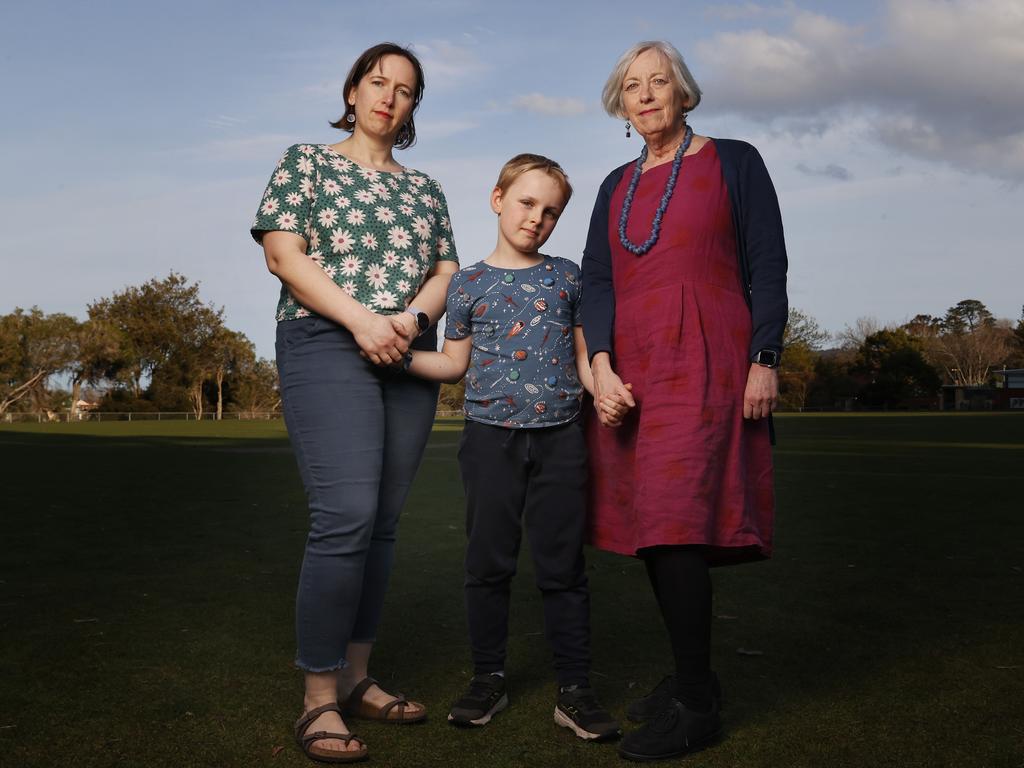
Westpac shareholder Clare Smith, a recently retired GP and grandmother from Hobart, said the bank had been investing in offset activities “which are basically worse than useless”.
Ms Smith joined the shareholder group Market Forces several years ago, which seeks to push big corporations towards better environmental performance.
“We can’t just find ways to prop up our use of carbon, but if we are going to have offsets then they really should be real offsets, they should really be removing carbon dioxide,” Ms Smith said.
Reviews of Australia’s carbon offset market have found it broadly fit for purpose, but Prof Macintosh is not the system’s only critic.
Polly Hemming, the director of the Australia Institute’s Climate and Energy Program, said a recent study by the Institute found 25 per cent of Australian carbon offset projects were “junk”.
“They were not additional; people were getting credits for not clearing land they were never going to clear anyway,” she said.
Ms Hemming said land-based carbon offset schemes carried particular risks.
“If you’re relying on the land sector … and you have a fire, a flood or a massive heatwave that wipes out those projects, then nothing’s been offset, and you’ve got double the emissions in the atmosphere,” she said.
More Coverage
Originally published as EnergyAustralia, Westpac forest regrowth schemes criticised calling into question Australia’s carbon offset market




